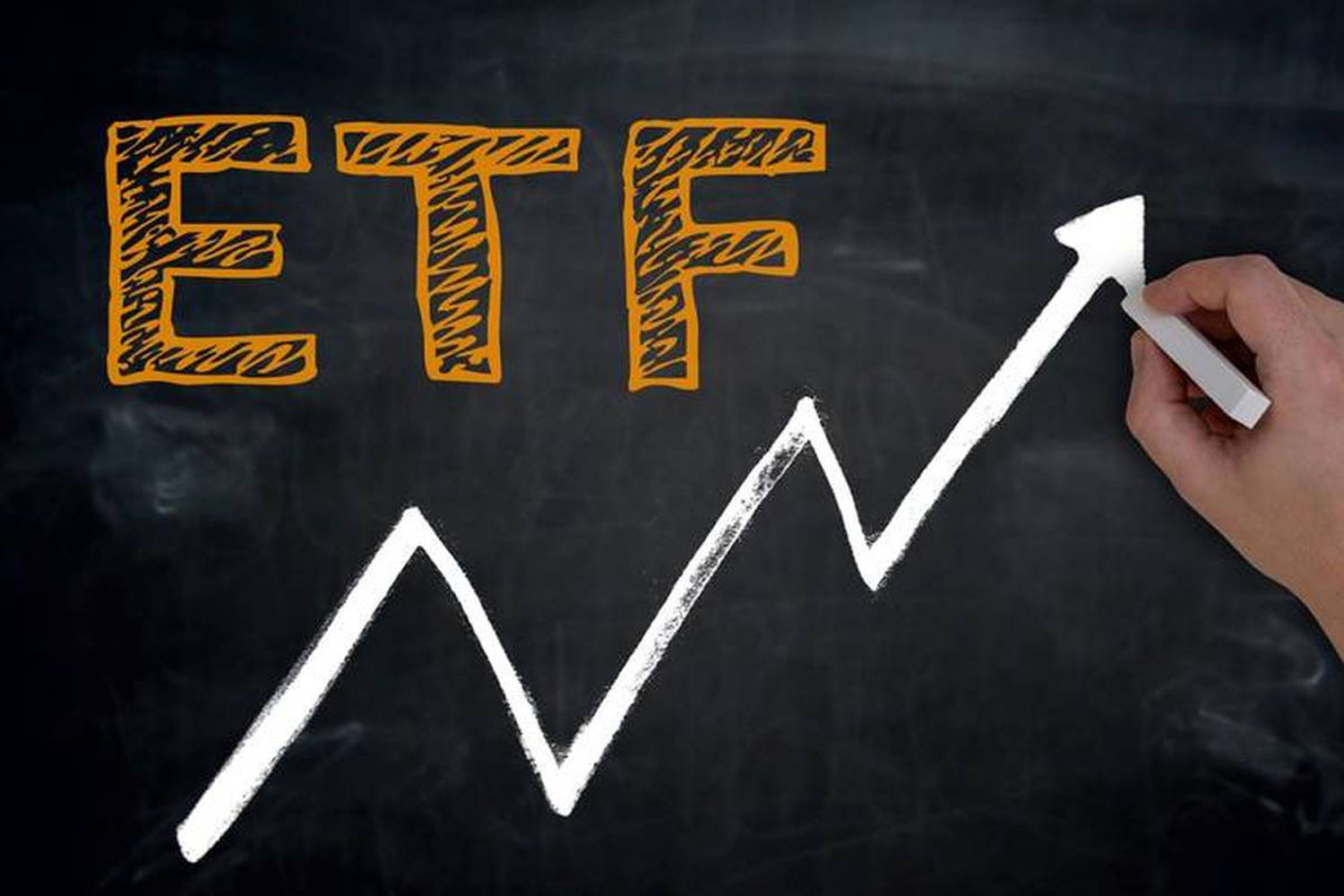
Investing is intimidating. To many newbies the scene is awash with cliches: on one side of the court you’ve got Wall Street sleazebags schmoozing and cruising. On the other you’ve got weird cliques of Redditors trying to throw wrenches in the system (and prop up doomed companies just for kicks). Then you’ve got other fearful buzzwords like ‘2008,’ ‘Inflation’ and ‘The Federal Reserve.’
Not to mention you’ve got people who invest in dumb crypto coins because of a catchy name and cute doggy photos (and Elon Musk’s tweets), and the author of Rich Dad Poor Dad warning a big crash is coming, and telling everyone to stock up on gold and Bitcoin.
Oh and the ever present, “this is not financial advice, but…’
It’s enough to make anyone go, ‘F*ck it, I’ll just invest in property’ (until they realise just how out of reach the property market is for many investors).
But with the steady realisation that, in many cases, in Australia, houses over 50 years are earning more money, just sitting there, than their owners have made in that same time frame in their careers, people are starting to figure – if I can’t beat the system I may as well join it. And – the logic goes – if I can’t afford a house right now I may as well invest in a diverse portfolio to help me build up the money for a deposit.
But where do you start?
The one safe haven many millenials are turning to, in light of all this noise, is ETFs. According to the ABC, “More than 1.3 million Australians have put their money into ETFs. That is double the number of investors since 2019.” But even they might not be as safe or smart as you thought, unless you go about allocating your money the right way.
In particular young people have been warned not to go too crazy on thematic ETFs and rather to keep their gut feelings in check and stick with the boring, tried and tested, wide brush approach.
Senior lecturer in finance at RMIT university, Angel Zhong, who has been studying the investment habits of the “corona-generation” and its love of ETFs, warned the ABC about the growing popularity of “thematic” ETFs.
Dr Zhong puts it like this: “For example, tech stocks, they are clearly the market darlings in recent times, and while they are generating good returns for now, you need to be aware that what’s trending today may not be trending even next month.”
Diversification is the reason most investors choose ETFs, and – ironically – thematic funds can work against that (if you don’t allocate your funds right). Dr Zhong told the ABC, “I’ve seen investors making comments that, ‘I love green stocks and sustainable or ethical ETFs so I’m going to buy several ETFs about green investing and sustainable investing’.”
“But by doing that, you’re actually not diversifying. And if you don’t look at the portfolio composition of the ETFs, you might be actually buying the same stocks in each single ETF.”
The ABC also cited research from the Swiss Finance Institute, published in March this year, which found thematic or specialised ETFs failed to create value for investors compared to broad-based index tracking exchange traded funds.
One line from the paper read: “One the one hand, investors can now access markets at a low cost … On the other hand, the marketing strategies of specialised ETFs attract speculation-prone investors to underperforming investment propositions.”
James Whelan, Investment Manager at VFS Group in Sydney, told DMARGE to look at it like this: “Always break it into two categories – needs and wants.”
“You should invest in the same way that you should spend your money when you go to the shops. Buy stuff that you need – bread, milk; cheese but [then if you can afford it] you want chocolate and a couple of beers.”
“So the thematic stuff is chocolate and a couple of beers.”
“The other stuff is some good chunky holdings in an equal weighted ETF in Australia and maybe the NASDAQ and the S&P 500 over in the states. Then the chocolate and beers could be the ESG one [a sustainable or eco-friendly ETF] or something on automotive, or [you might say] I want to have europe and there are your thematic ideas [for instance].”
“Chocolate and beers you always [have to] pay attention to. Then the needs stuff should always look after itself. The wants is where you have your fun and it keeps you active in the market, which I always encourage people to do.”
“It does tell you a lot about what’s going on in the world.”
The ABC also spoke to Managing director of Spotee, Elio D’Amato, who said the biggest risk of ETFs is a market crash.
According to the ABC, Elio D’Amato says with the biggest ETF in Australia about twice the size of BHP, a crash would lead to a lot of forced selling.
“There could be significant carnage on the exchange… Whereby we could see massive corrections of 70 to 80 per cent,” Elio D’Amato said.
When DMARGE asked Mr Whelan about this he said it’s still a risk but that this risk is less than it used to be.
“The ETF sector has always had this risk and it has been seen a few times over the years where if markets get sold off, volatility usually goes up – almost always.”
“When volatility goes up we need to go to more cash so increase cash position… because volatility is going up we want to play it safe. Cash increases the volatility and increases the selling – like a labrador chasing its tail.”
“That’s the biggest risk.”
Mr Whelan also told us that now that they’re “sort of controlled” about that automatic selling that they have when there are times of volatility: “They know they’re shooting themselves in the foot by all of a sudden there’s a volatile event and they go and try to dump a whole bunch of stuff on market and make it worse – they don’t really treat it that way any more or not as much.”
“Used to be a huge risk [with ETFs] – one of the biggest for people to think about in the market.”
Mr Whelan’s recommendation to this generation of new investors is to think about the bigger picture, and prioritise your needs before your wants (but to still have a small allocation for your wants).
In other words: don’t get sucked in by the hype. For the bulk of your money you are investing, take a smart but boring approach – pick two trustworthy, non thematic ETFs (i.e. broad-based index tracking exchange traded funds) – one in the states and one here in Australia – as your needs, and put money into them regularly. Then have a bit of fun with your ‘wants’ and thematic ETFs on the side (with a much smaller allocation of your money).
If you take this smart but boring (and consistent) approach, as Mr Whelan puts it: “Look at it in 20 years time – oh wow – for all of the media and all of the journalists and all of the paper coverage and everything that’s written about everything, the market I looked at started in the bottom left and is currently in the top right every single time.”
“There are two best times to plant a tree – 20 years ago and today.”
Read Next
- I Bought $1,000 Worth Of Cryptocurrency. It Was A Huge Mistake
- Crucial Rules For Australia’s New Generation Of ‘Pandemic Investors’
The post ‘Needs vs. Wants’: An Expert’s Advice For Investing In ETFs appeared first on DMARGE.
from DMARGE https://ift.tt/3aRAR5t







0 comments:
Post a Comment